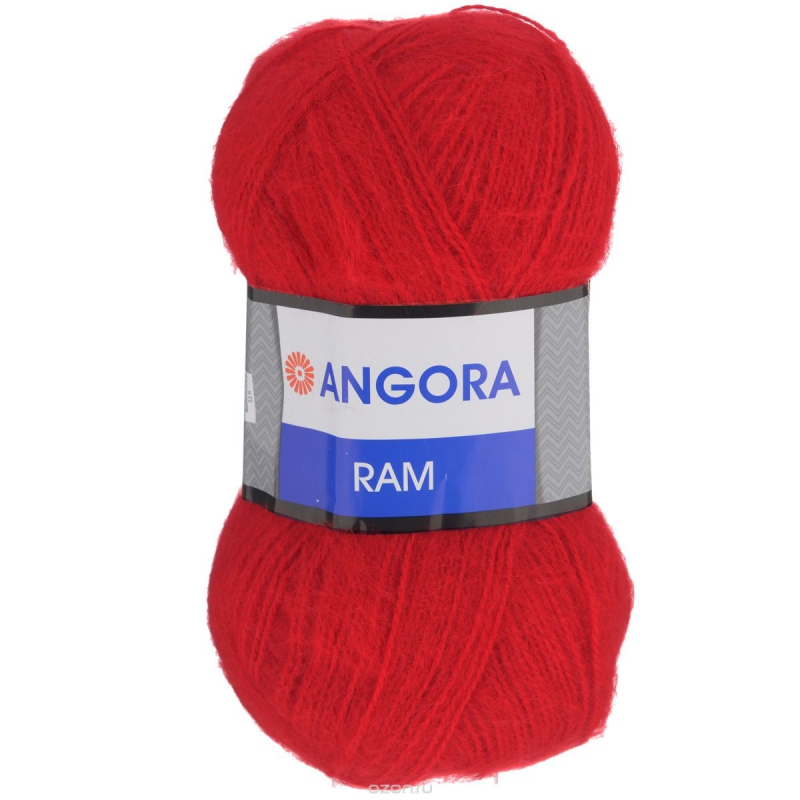Angora was originally the name given to the wool of Angora goats. Which were bred exclusively in Turkey. It was highly valued for its unique properties. In China, trying to create its analogue, they called rabbit fur angora. To avoid confusion, Turkish yarn was renamed mohair. Therefore, now angora is a thread obtained from the wool and fluff of only the rabbit of the same name, by combing or shearing. The consumption of such threads will be minimal due to the lightness of the fibers.
How do you get it?

Yarn made purely from Angora down is rare and expensive. Short and delicate rabbit fur is difficult to spin, so additional natural or synthetic fibers are added to it, such as:
- merino;
- mohair;
- silk;
- acrylic;
- polyester;
- viscose.
It can be in different percentages; the higher the percentage of wool, the more delicate the product. Blended threads are stronger and warmer.
The highest quality yarn is made from a pile 6 - 12 cm long. Shorter hairs are used to produce budget options.The rabbit is brushed twice a year and cut once every 10 to 13 months. Given the low secretion of sebum, rabbit fluff is very clean.
Reference! The length of the hair can reach 25 cm, and in rare cases up to 50 cm.
Features, properties
Natural wool is found in white, gray and rarely black. But its smooth texture is easy to dye, so there are many different shades on store shelves. It is valued for its softness and lightness, while angora is not inferior in retaining heat. Due to the short fibers, the fabric is very fluffy and pleasant to the touch. The downside of this feature is that the hairs constantly come out and stick to other clothes.

Reference! The hairs of the Angora rabbit are hollow inside, which is why yarn made from its fluff is especially light.
Angora wool has the following properties:
- Wear resistance. An item knitted from high-quality yarn will last for many years, provided it is properly cared for.
- Hygroscopicity. Any wool, including Angora, has a high coefficient of breathability. In addition, it absorbs human body vapor well, which allows it to retain dry heat.
- Low heat conductivity. Angora clothing, despite its lightness, is very warm.
- Hypoallergenic. Rabbit fur rarely causes allergic reactions.
- High stallability. This property is used in the production of high-quality felt.
Important! Products made from Angora wool are not machine washable. Only dry cleaning or hand washing using special detergents is suitable.
Application area

Angora yarn is suitable for both hand and machine knitting. Due to the lightness of the fibers, material consumption will be small.It is best to make products from it for open wear, since the hairs climb and fall off a lot. Depending on the composition of the yarn, craftswomen make:
- Booties, mittens, hats and suits for children, as the yarn is very soft, warm and hypoallergenic.
- Shawls, stoles and boleros. Light and delicate angora thread reveals its best qualities when knitting complex openwork patterns from it.
- Outerwear. Coats or capes made of such wool look elegant and unusual.
- Hats, scarves, snoods, mittens and gloves that will keep you warm in autumn and winter.
- Sweaters and dresses made of angora wool diversify your wardrobe with cozy and stylish items.
- Blankets and bedspreads, taking into account the properties of the yarn, turn out beautiful and warm.
Important! When storing items made from natural wool, you should take care of protection from moths.


 0
0





